This seal was the message members of the Mass. Bay Colony wished to convey to prospective settlers still in England. The image created was designed to appeal to those across the pond with an appetite for evangelizing, establishing a perception that the Massachusetts Bay Colony was a place to do “God’s work.”
The reality on the other side of the Atlantic, as our students found, was quite different. In a letter from one of the colonists home to England, evangelizing Native Americans took a back seat to survival. In the letter, which plead for his relatives in England to send provisions across the oceans, it certainly seemed as if it was not the Native Americans who needed help from the English, but the other way around! This contrast between perception and reality is a foundational part of the GBP curriculum, and though I am teaching my students to explore this through lessons like the Massachussets Bay Seal, I am navigating perception and reality in my own way on a daily basis. I have taught at Needham High School for three years, but this is my first year teaching the Greater Boston Project, and I am slowly coming to understand the true nature of the course, having only seen it from the outside for its first two years. The Greater Boston Project always had the air of “big” to me before I became involved with it. Three teachers, a giant room, two blocks per day, and a mass of students coupled with strong and important initiatives like one-to-one technology pilots and interdisciplinary learning goals. All of that is true about the course, by the way, but my perception was that the point of GBP was its grandeur; that is where I was wrong. After seeing it in action and taking part in the classroom, I’ve found that for all of its size, GBP’s greatest focus is on the small. The giant room in which we reside is rarely used as such, and the majority of the day is spent with students in small groups. We even go a step further in analyzing and assessing teamwork within these groups, paying close attention to who takes on what roles, and advising how better to relate to each individual within the group. These big initiatives like one-to-one device pilots and interdisciplinary learning turned out to be a way of making sure every student can engage with the course content on an individual level. Having three teachers has really meant extra eyes to review the details of the day. This seems fitting. In a senior elective in which we could have taught anything we wanted on any scale, we chose to study a relatively small city on a relatively small timescale. Through focusing on the sometimes small details that make up this city and its history, we find important reminders, positive and negative, of where we came from and where we’re going. Ken Brooke, GBP Instructor Strolling around town looking for clues and exploring local businesses instead of being stuck in the classroom analyzing texts or doing math problems: what could be better? Well, the weather could have been a bit cooler today: the third straight 90 degree day in September did make our 3rd annual GBP Scavenger Hunt a bit sweatier than usual, but the students dressed for the occasion, especially the girls on the volleyball team who were head-to-toe in red, white, and blue for a big game tonight! But the weather was no match for our determined students, who geared up and grabbed some water (and iced coffee from Dunkin Donuts) and went on their way. The teachers, on the other hand, posted up in front of Fresco’s with lemonade in hand; it was a tough job, but someone had to do it. Mr. O had his phone, aka the “Clue Hotline” ready to go, Ms. Tincher s cell was snapping pictures as students raced past, and I set to document our adventure for our second GBP blog post of the year. The GBP Needham Scavenger Hunt asks groups of students to locate different businesses throughout town by deciphering clues about various places. Using an iPad, the groups have to take a group photo or a selfie at each stop to prove they went there and; to avoid working with other groups, students have to go to each stop in a specific order. The fastest and most accurate group win both the pride and bragging rights for the year, as well as some candy. Our stops included a wide range of local landmarks, from institutions like the First Church of Christ Scientist to government buildings like the Needham Public Library and from nationwide chains like CVS to locally owned stores like Polliwogs. On the way our student learn interesting facts about their local economy and get some background information on places they often walk or drive by without a second thought. The activity serves two major goals for our practice: First, we want students to get to know and think about their own town today before embarking on how we got here in history. It seems appropriate to begin the year with this kind of active exploration of the students’ community as we get ready to visit the Needham Historical Society on several occasions to see what Needham society was like in the past. After all, it’s important to know where you are before you know where you’re going. Second, we wanted to see how the groups, randomly chosen, would work together. Our debrief session at the beginning of our next class will reflect on how groups assigned roles, worked out problems and generally functioned. In GBP, as in life, we must work together and find ways to collaborate effectively, no matter the circumstance. Similar to our collaborative Tinker Toy activity using K’Nex pieces, activities like this continue to help us introduce an important part of our course. Having problems with the Scavenger Hunt is a low stakes way of delving into issues with group dynamics which will become more and more of a factor as the year goes on; collaborative skills will first be put to the test in an academic setting as we begin our Colonial Context project in the next weeks. Meanwhile, the other section of our class will head out to do their scavenger hunt tomorrow, though perhaps in a more rainy climate, if the forecast holds true. Either way, we’re confident they’ll have just as much fun running around Needham. So, if you see groups of lost students around town, no need to tell them where the high school is, but you can help them with clues! Interested in trying out your own Needham knowledge? Try these clues for size! (Answers at bottom): a) This locally owned business opened when 5 women bought it from the previous owners. The current owners met from their involvement with the charity Graceful Stitches. The name of the story is what you might call the outcast of a family. b) Many may not realize that this business is actually a chain that provides a “fast and direct” route to “understanding.” In 1987 the Needham store was the second one to open but now there are over 130 nationwide. You might find Melissa and Doug here, or even some creative children. c) This business started in 2000 and was originally an electronic guidebook. There is arguably no business in Needham that has done better in the last 15 years as it now employs nearly 3000 people across the world. They just built a brand new headquarters to move back into Needham from Newton. Their original location is hard to find, although many students eat "Pizza and Seafood" in at the cash only establishment that is in the same building. d) This company has 24 locations, 16 of which are in Massachusetts. It originated in 1994 in Dartmouth when the owner of a clothing store in New Bedford decided to dabble in the food business. Three years later he closed the 97 year old clothing business and facilitated the boom of this new business that he still owns today. Answers:
a) Black Sheep b) Learning Express c) Trip Advisor d) Not Your Average Joe’s Megan Tincher, GBP Instructor I always look forward to the first day of school: a large room strewn with desks and chairs, forming barricades and barriers that students weave in and out of, rushing over to their classmates to whisper instructions and carefully construct gadgets out of colorful plastic toy pieces. They scheme, they plot, and they question, trying to finish their models the fastest, shouting in haste when they’ve completed their task. Wait, that doesn’t sound like your classroom on day one? Well, it does sound like mine. GBP “Messengers” in Periods 1-2 work to communicate directions to one another during the Tinker Toys Challenge. In yesterday’s first classes of The Greater Boston Project, we kicked things off with our “Tinker Toy Challenge”, a name fondly given to the activity described above and detailed more thoroughly in this informational slideshow. The activity asks students to work with K’Nex sets in groups to accomplish a rather difficult task that relies heavily on collaboration skills, a major learning goal of our course. With the hopes of setting the tone right away, we take care of the challenge’s logistics and get the students working together as quickly as possible. In doing so, we hope to begin relaying one of the central messages of the year, one that becomes more explicit in debrief and in continued class endeavors: Working together with care, consideration, and communication is essential in this classroom, as it is in life. This big idea is really what guides the rest of us in all of our work for the year, though it may not seem so sophisticated and profound in the lighthearted back and forth of our Tinker Toy Challenge. Today some common scenarios arose rather quickly: an eager messenger leaning over to look at a piece they shouldn’t, a visionary descriptor excitedly yelling out a suggestion across the room instead of passing it along in a whisper, and a frustrated builder asking a lot of questions that didn’t ever seem to get answered. When these kinds of problems come up amongst colorful pieces of plastic and teenagers who are just happy to not be reading another course syllabus, the stakes are low and it’s all in good fun. However these seemingly “small” issues are really those that bring us to those that are much larger. GBP “Builders” get some suggestions from their “Messengers” in Periods 5-6 during the Tinker Toys Challenge. The world today is more collaborative than it ever has been, thanks to advancing technologies and increasingly dynamic workplaces that demand creativity as much as excellence. In GBP, we try to reflect elements of that reality by directly addressing 21st century skills like collaboration. As Mr. Odierna asked in our activity debrief yesterday, “What happens when only one person in your group has a clear vision for a major final project?” and “Why do we, as group members, need to ask and answer questions for successful results?” These questions, and others like them, can help translate ice-breakers, team-builders, and whatever other name we have for these activities, into meaningful learning experiences. So while activities like this K’Nex challenge do help us to get to know each other and break up blocks of academic work with a little bit of variation, their real power comes in revealing how and why we interact with others in certain ways. In focusing on collaboration skills through such tasks, we directly practice, discuss, and prepare for effective project-based collaborative work. K’Nex Model Building Set and sample creation. (Images via Amazon) To be able to describe my classroom in the manner I did above is a precious thing and it’s days like yesterday that make me thankful and excited for another year of The Greater Boston Project. Not only do we get to have some fun to start off the year, but we get to do the important work of building a classroom community that is committed to improving our collaboration skills. Whether that means we can put together K’Nex right now or not is less important than the fact that we’re all ready to keep trying. And that’s a good thing for all of us in GBP, because yesterday’s results show we have a lot more activities to put on our agenda…! I, for one, am looking forward to it.
|
GBP BloggersThis blog is powered by both the students and teachers of the GBP course. Check back often for features on what we've been up to in class! Archives
May 2016
Categories
All
|
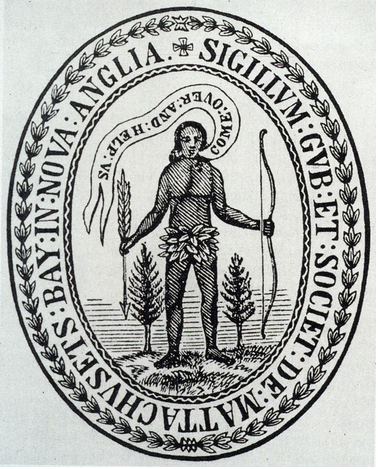
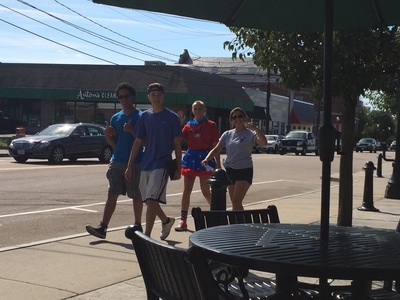
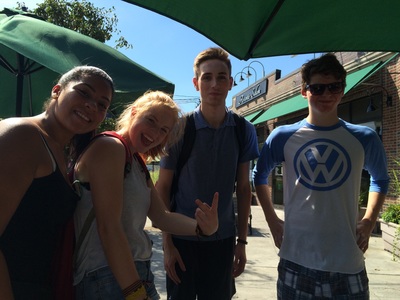
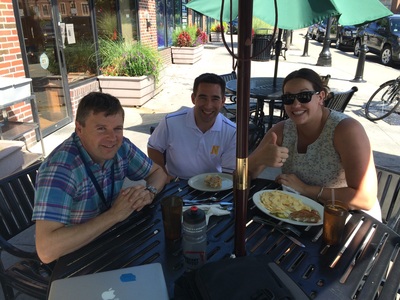
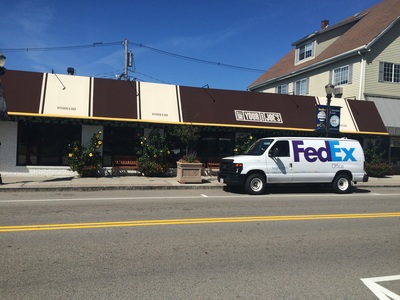
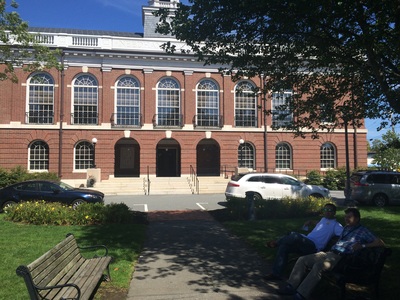
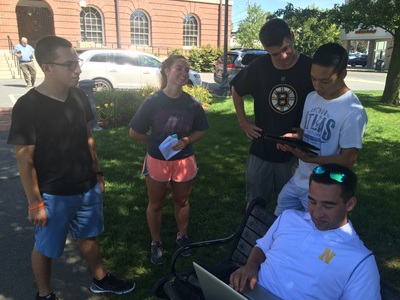
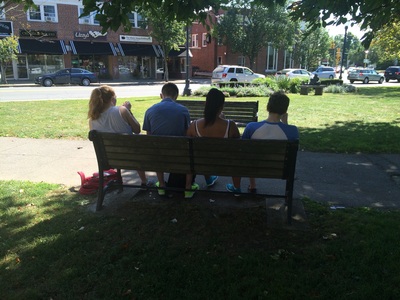
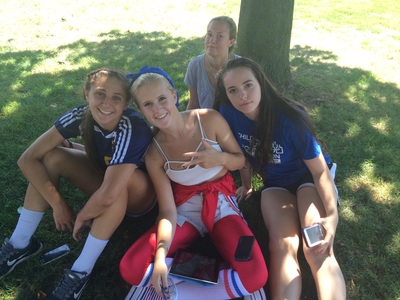
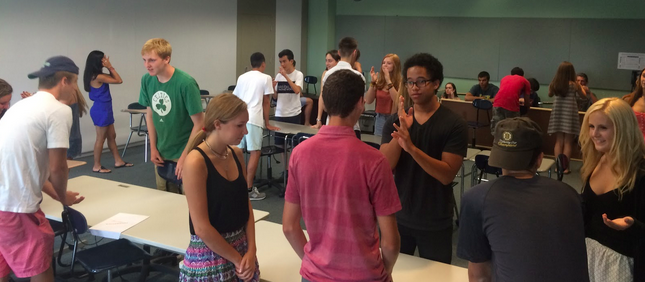
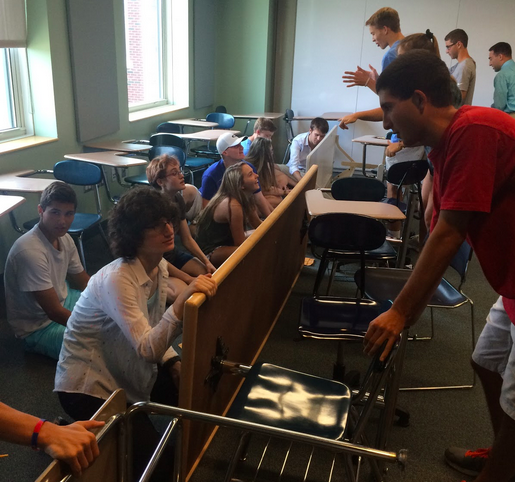
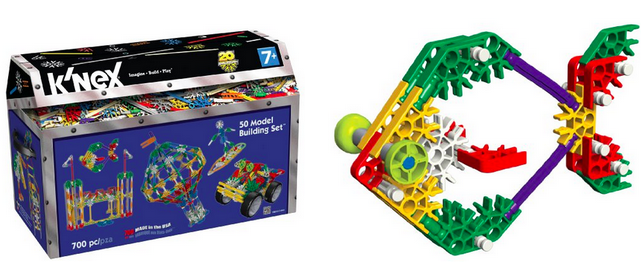
 RSS Feed
RSS Feed
